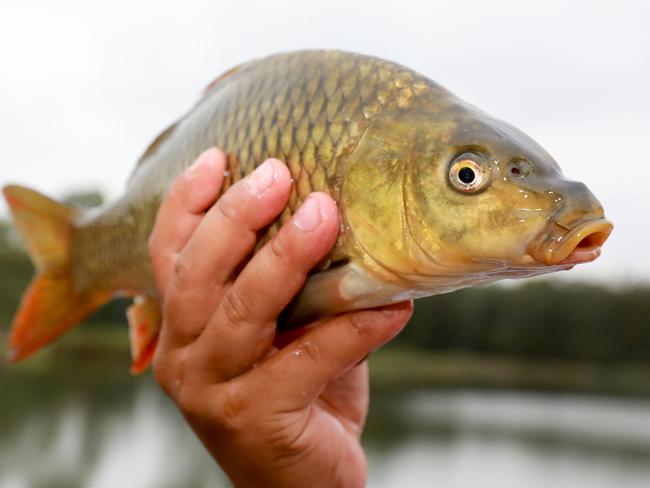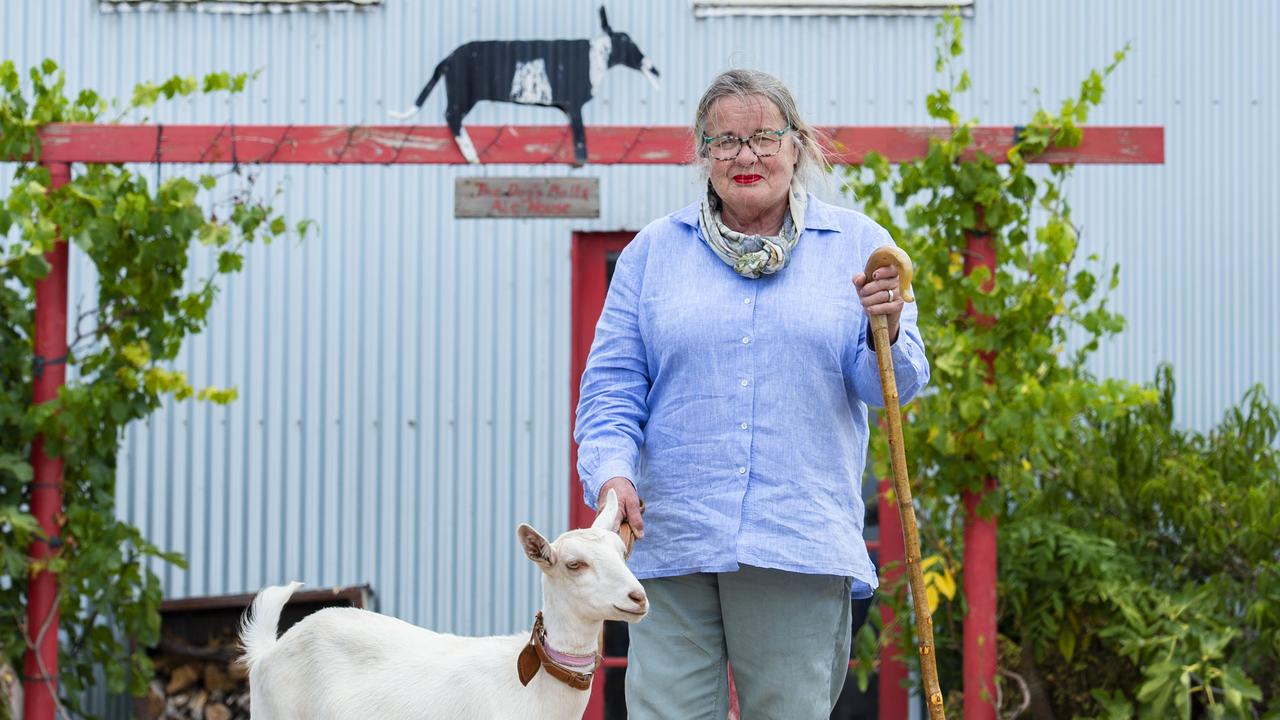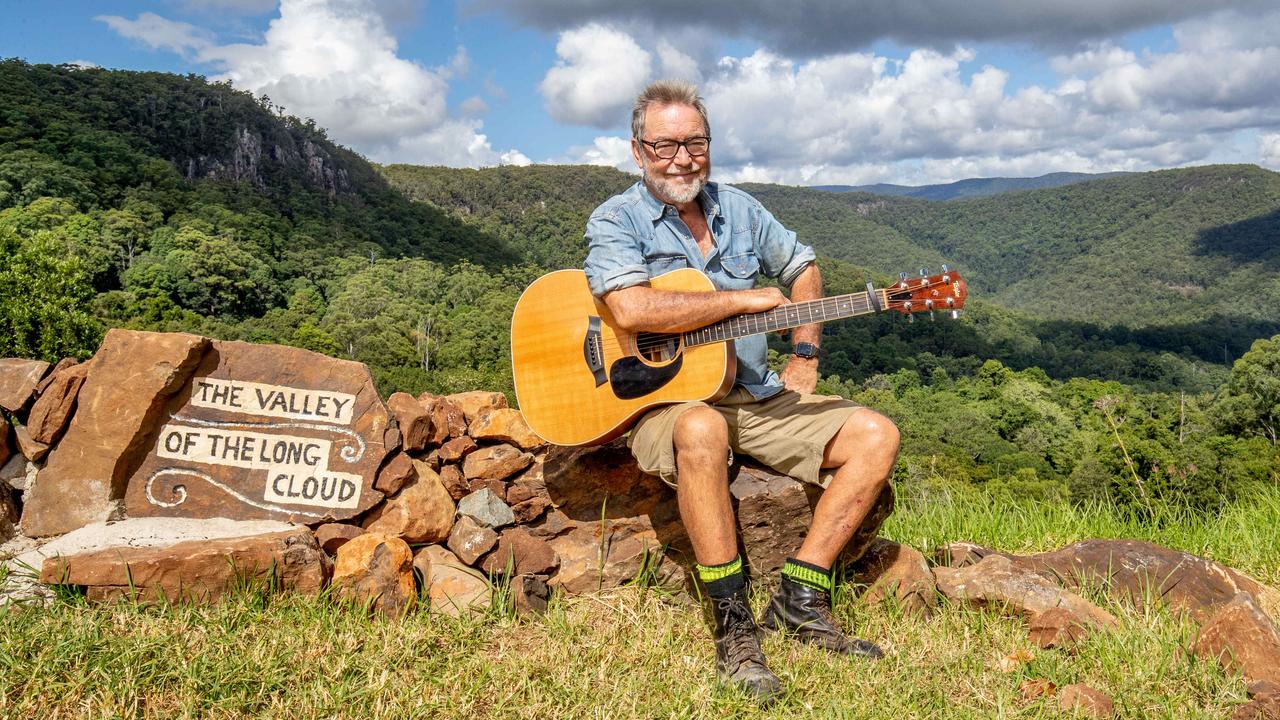Charlie Carp in Deniliquin turns a river fish pest into fertiliser
Recycling takes on a whole new meaning at this business, which turns one of Australia’s worst pests into a useful product.

HAROLD Clapham holds up the most hated fish in Australia.
“Don’t ask me to kiss it,” he quips.
Harold is the director of Charlie Carp, the Deniliquin, NSW, company that makes fertiliser from the introduced freshwater pest, an animal that is universally despised for its rapid, rabbit-like breeding and its destructive bottom-feeding habits.
At a time that carp frequently makes the headlines — in discussions around fish kills, Murray-Darling water plans and the release of a carp-killing herpes virus — you’d think Harold might be the one person in Australia who would champion carp.
You’d be wrong. “We are always accused of profiting from carp and people question what we do,” Harold says. “But our whole purpose is to protect Australia’s inland waterways by giving consumers the opportunity to do a good thing for the environment.”
Charlie Carp started in 1994 as a public unlisted company, now with 55 shareholders, many of whom are in the NSW Riverina. It processes 700 tonnes of carp annually, netted by two licensed fisherman in a radius from South Australia to Lake Cargelligo in the NSW Central West.
Lakes are mainly targeted to avoid catching Murray cod.
“Based on the number of carp in the environment we could easily double that 700 tonnes and we’d still only be scratching the surface.
“That number is based purely on consumer demand because we don’t stockpile our product.
“Ultimately, if carp disappeared, Charlie Carp would not disappear because for us it would be much cheaper to source raw material from by-product in fish markets in Sydney and Melbourne.
“But we don’t do that because we don’t want to waiver from our purpose.”
The company’s purpose was set in stone from the early 1990s, when a group of graziers — in an area around where the Lachlan River meets the Murrumbidgee — met to look for solutions.
“The graziers could see the river was deteriorating as a result of carp numbers and they could see that rather than see it as a pestilence, it could be used as a resource,” says Harold, who has been with the company since the beginning.
Originally, Charlie Carp started processing less than 100 tonnes annually made into meal for animal feed supplements.
“It was an absolute commercial disaster because meal was dictated by big players worldwide,” Harold says.
So instead, the company investigated fertiliser markets, initially starting with liquid and in the past five years developing a system that uses solids combined with mushroom compost for pellets.

Fresh or frozen fish — never putrefied carcasses — are brought to the Deniliquin factory, cooked in a gas-fired boiler at 110C for up to 10 hours, to make a “chowder soup”, then strained to separate liquids from solids. It is sold in hardwares around Australia.
He says the company’s name was chosen to make an unappealing fish more appealing, “like Louie the fly”.
While the product is their core business, Harold often spends his time lobbying for the fish’s demise.
MORE:
The 63-year-old tries to steer clear of politics, but says he worked hard to make authorities aware the Murray Darling Basin plan was a “carp breeding plan”, with carp the first fish species to bounce back when droughts break and thrive in strong water flows. He says it was a wasted opportunity that Charlie Carp was not called sooner before this year’s tragic Menindee fish kill, saying while they couldn’t have stopped the cause, the fish — if still alive — could have been used rather than wasted.
Harold says he supports the National Carp Control Plan and the release of the herpes virus, Cyprinid herpesvirus-3, if the science stacks up.
Harold says because there is a lack of government willingness to tackle the “magnitude of the problem”, he does not envisage a time soon when Australia will be carp free.
He does, however, see potential for local success stories, creeks and tributaries that become carp free with the support of local communities that are not hamstrung by the regulatory process.
Charlie Carp even supports six community carp fishing competitions.
Would Charlie Carp ever consider a sideline into value-adding carp as a food product?
“Carp I believe were introduced by central Europeans during the Snowy Mountain Scheme as an edible fish,” he says.
“I’ve tried it as a pate and it’s revolting.
“So that’s not an option for the company.”


